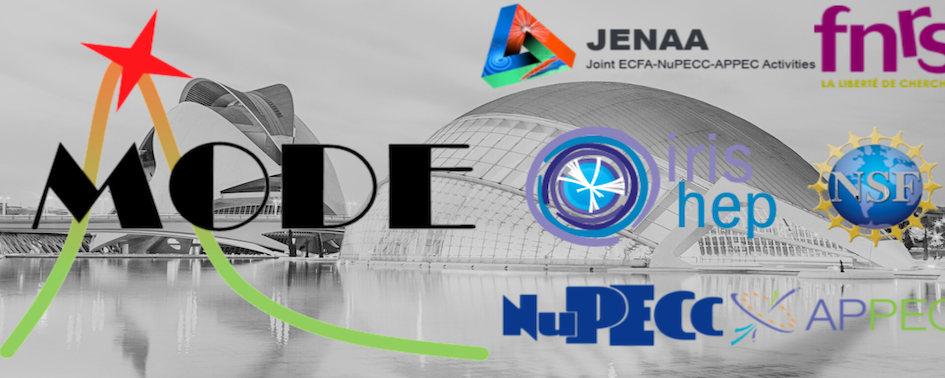Speaker
Description
Understanding the nature of dark matter is one of the greatest challenges faced by Particle Physics in the XXI century. To date, the only hint about a positive identification of the dark matter comes from the DAMA/LIBRA experiment in the Gran Sasso National Laboratory (Italy). For more than 20 years, it has observed an annual modulation in the low-energy detection rate of its NaI(Tl) crystals, compatible with that expected for dark matter particles from the Milky Way’s halo. This signal is in strong tension with the negative results of other very sensitive experiments, but since they use different target materials, the comparison depends on the models assumed for the dark matter particle and its velocity distribution in the galactic halo. The ANAIS-112 (Annual modulation with NaI(Tl) scintillators) experiment, operating 112.5 kg of NaI(Tl) at the Canfranc Underground Laboratory (Spain) since 3 August 2017, intends to provide a model independent test of the signal reported by DAMA/LIBRA, using the same target and technique. Due to the low probability of dark matter interacting with the detector, ultra-low radioactive background conditions are imperative. However, even so, the region of interest (1-6 keV) is dominated by noise events not originating in the scintillation crystal, but mainly in the photomultiplier tubes coupled to the crystals. In order to discriminate these noise events from bulk scintillation events, developing robust filtering protocols is a must. Profiting from the application of machine learning techniques in ANAIS-112, the efficiency of selecting good events between 1 and 2 keV has increased by 30% compared to the use of standard cuts, and the background level has been reduced by almost 20%, resulting in an increase in sensitivity to the annual modulation signal. Last ANAIS-112 results using machine learning filtering procedures will be presented, as well as the experimental status and prospects. These results lead international efforts in testing the DAMA/LIBRA signal, and are compatible with the absence of modulation and incompatible with DAMA/LIBRA for a sensitivity of almost 3σ C.L. (using 3-year exposure) and above 4σ (6-year exposure), with the potential to reach 5σ level by the end of 2025.
